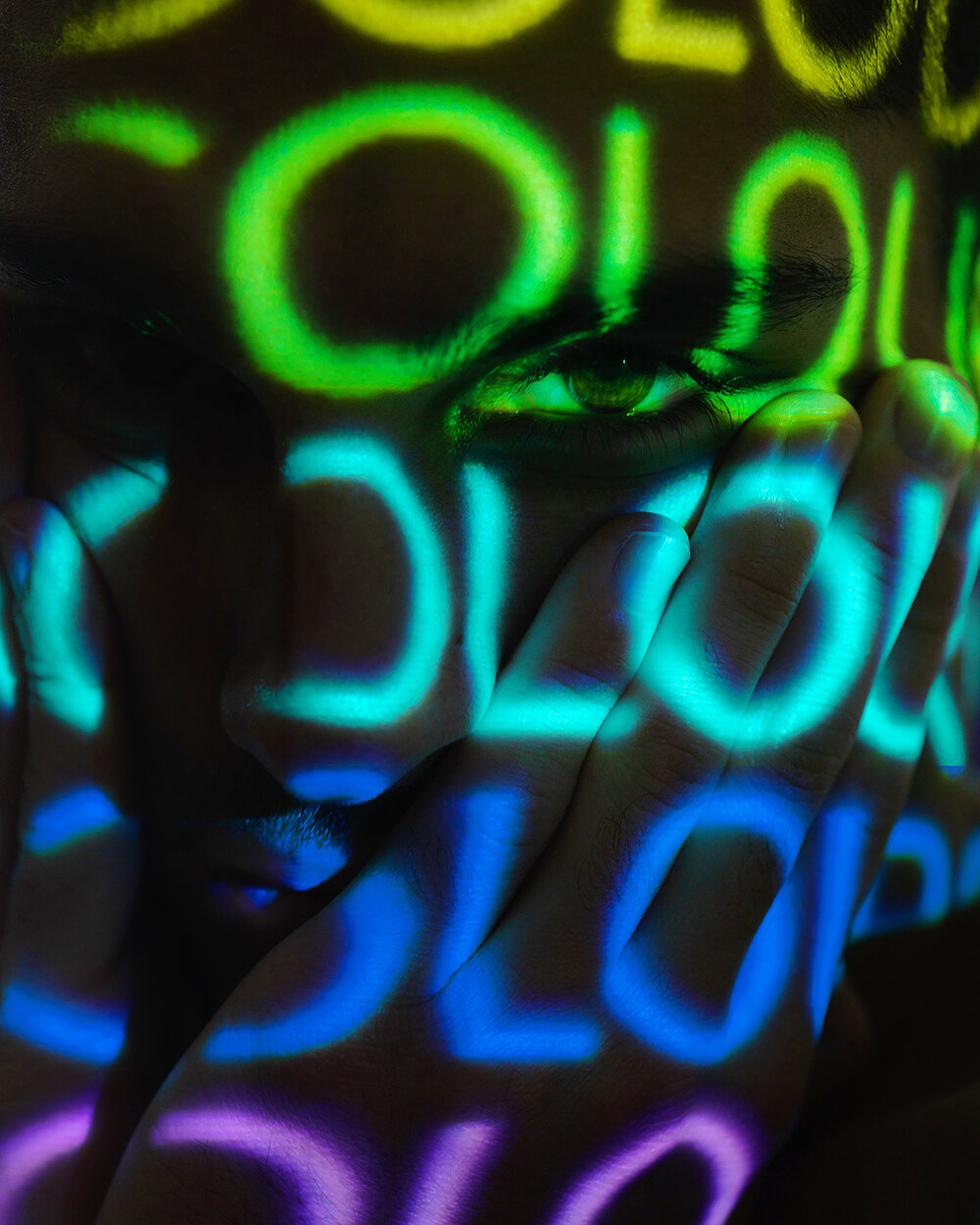Colour?
Colour is the place where our brain and the universe meet.
Paul Klee famously said referring to the perception of colour. But does colour actually exist? Or is it a sensation created by our brain?
Colours play a central role in human vision. Seeing colours is the result of the combined effort of the human eye and brain which interpret emitted or reflected light from surfaces. Not all eyes or brains work in the same way and the perception of colour varies between different people and between different species.
Colour does not exist, at least not in a literal sense. It is a sensation based upon the varying sensitivity of our photoreceptors cells in the retina to light of different wavelengths. What exists is light. Light is measurable and real. Colour is nothing but a wonderful illusion
Our modern understanding of colour began in 1704, with the publication of Opticks: or, A Treatise of the Reflexions, Refractions, Inflexions and Colours of Light, by English natural philosopher Isaac Newton, then only 23 years old. In Opticks, Newton demonstrates how the appearance of colour arises from selective absorption, reflection, or transmission of the various component parts of the incident light.
Newton's overturned the dogma, attributed to Aristotle and accepted by scholars in Newton's time, that all colour came from lightness and darkness which he related to the four elements. In debunking Aristotelian colour theory, Newton was the first to understand the rainbow. In refracting light with a prism he demonstrated that clear white light was composed of seven visible colours: red, orange, yellow, green, blue, indigo and violet.
Throughout our cultural existence, colour has been the pivotal foundation of art, science and communication. Our very existence is perceived though the visible and even the non visible to the naked eye, spectra. But is colour and its perception simply a scientific measurement? Johann Wolfgang von Goethe in his Theory of Colours (1810), the first systematic study on the physiological effects of colours and the emotions they stir, rejected this notion and concluded “Colours are light’s Suffering and Joy”. In essence, Goethe introduced elements which Newton had overlooked: human perception and subjectivity. Goethe knew, that in art and elsewhere, colour could be deployed as an emotional force. As the great Russian abstract artist, Wassily Kandinsky, noted “colour awakens a corresponding physical sensation, which undoubtedly works upon the soul”.
From colour symbolism and subliminal associations, to Cosmic latte and Vantablack our understanding of colour is constantly evolving and its future could again be revolutionised through genetic engineering, nanotechnology and the use of structural coloration on biomimetic surfaces.
Form Aristotle who developed the first known colour theory, to Newton and to the colour scientists of today the quest to master colour is still ongoing… We are still in awe of its endless variability and possibilities… even if it’s a simple illusion.

















